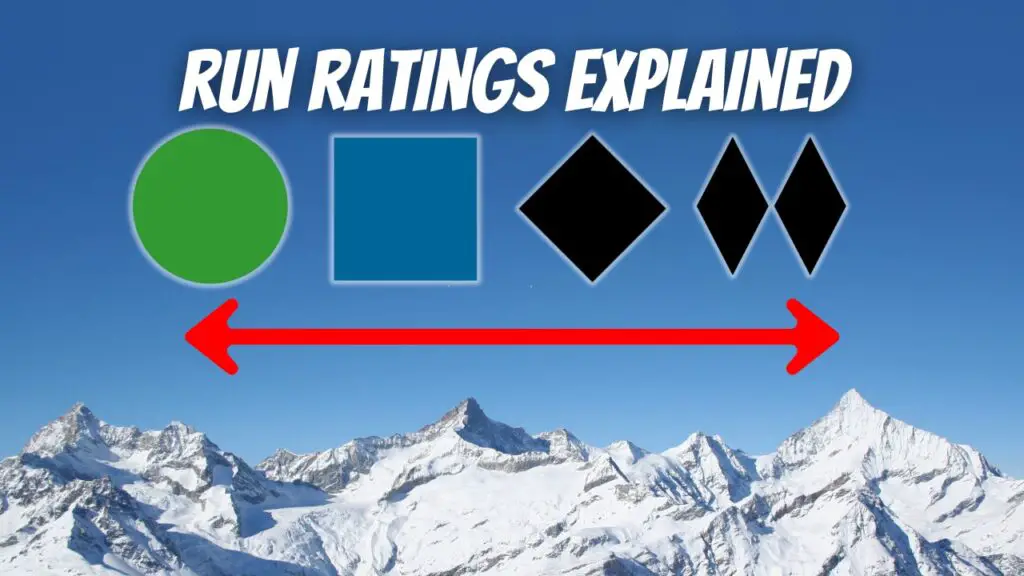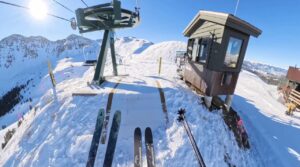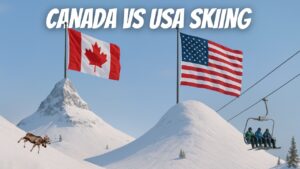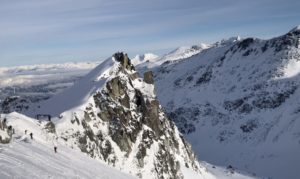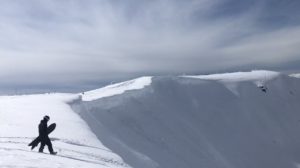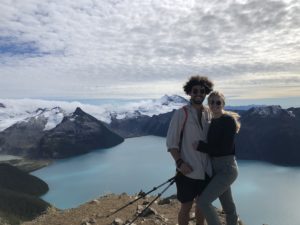Have you ever arrived at a new mountain, stared at one of those lovely trail maps, picked a blue run, and then thought… why does this blue square feel like a black diamond at my home mountain?
Well, you’re not crazy.
Today I’m investigating the entire ski resort trail rating system from green to extreme, and exposing the truth behind those little symbols that decide whether your run on a ski vacation with your wife is chill or a divorce waiting to happen.
I’ve visited almost every ski resort in North America and they all use the same basic trail rating system you’re probably familiar with:
- Green circle = beginner
- Blue square = intermediate
- Black diamond = advanced
- Double black diamond = expert
- Triple black diamond (EX) = extreme terrain
So how was this colour rating system actually created?
If you would prefer to watch the video version of this blog post, you can find it HERE!
Table of Contents
The Origin Story and the Disney System
Let’s go back to the 1960s to understand how it all started.
Walt Disney was actually a big skier. He loved the sport so much that he partially funded the acquisition and development of Sugar Bowl Ski Resort in California, where one of the peaks is still named after him, Mt. Disney. Like any wildly wealthy ski enthusiast, Disney wanted to make his mark on the ski industry by building his own dream ski destination.
The Walt Disney Corporation actually got permits and started drawing up plans for the Mineral King Ski Resort in Sequoia National Forest, California. The project included 27 lifts and 10 on-mountain dining areas, which would have made it huge even by today’s standards.
The resort never came to life due to lawsuits, environmental opposition, and access road issues. But something from those plans did stick.
Disney realized there was no cohesive system to help visitors identify the right ski run for their ability level. He also understood how psychology would play a role in how symbols communicate difficulty. The company tested skiers’ reactions to different geometric figures and colors. A circle was perceived as soft, the color green felt mellow, a square seemed more rigid, and a black diamond felt serious. These became the rating symbols designed for Mineral King, and in 1968 the National Ski Areas Association adopted them nationwide.
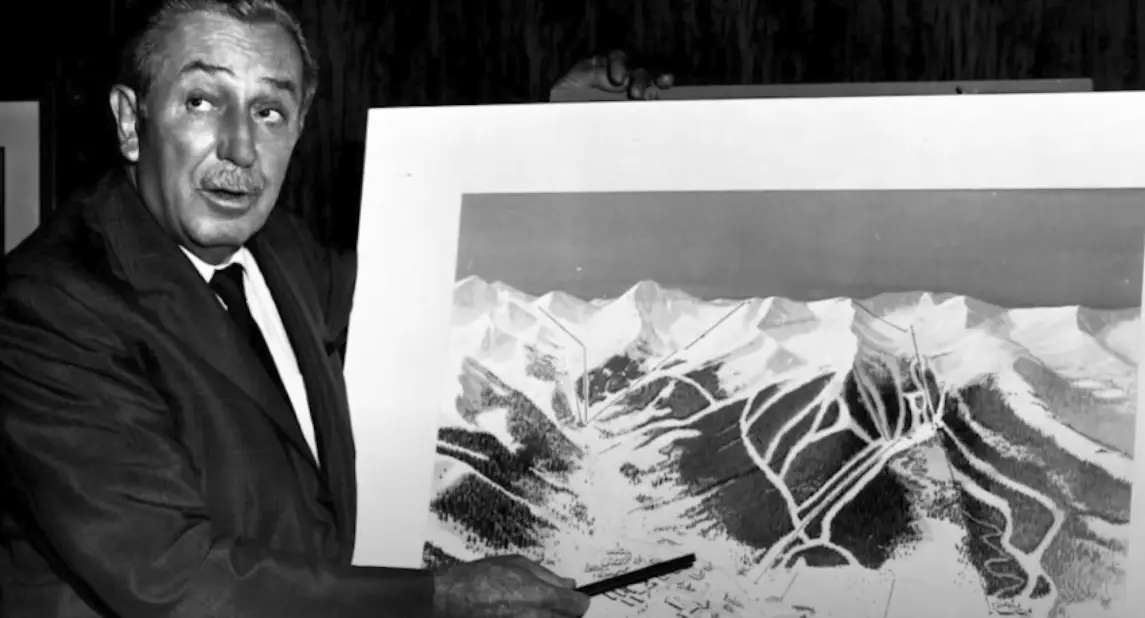
Why Ratings Are Inconsistent
Every resort interprets the system differently. Some rank runs more aggressively, others more conservatively. A lot depends on the geography and size of the resort.
If you ski a lot across different mountains, you’ve probably already noticed this. A Black Diamond on the East Coast might feel like a Blue Square out West.
The Science Behind Ski Trail Ratings
So how are runs actually measured? The criteria usually boil down to three main factors:
- Slope angle or grade at the steepest part of the run.
- Whether the run is groomed or left natural.
- The presence of hazards like trees, cliffs, moguls, or rocks.
There are secondary factors too: trail width, sharpness of turns, frequency of grooming, and overall fall line.
When we talk slope angle, keep in mind that a 100% slope equals 45 degrees. By 70 degrees, ski edges can’t even grip anymore. In reality, most skiers never ride anything steeper than 55 degrees unless they’re launching off cliffs.
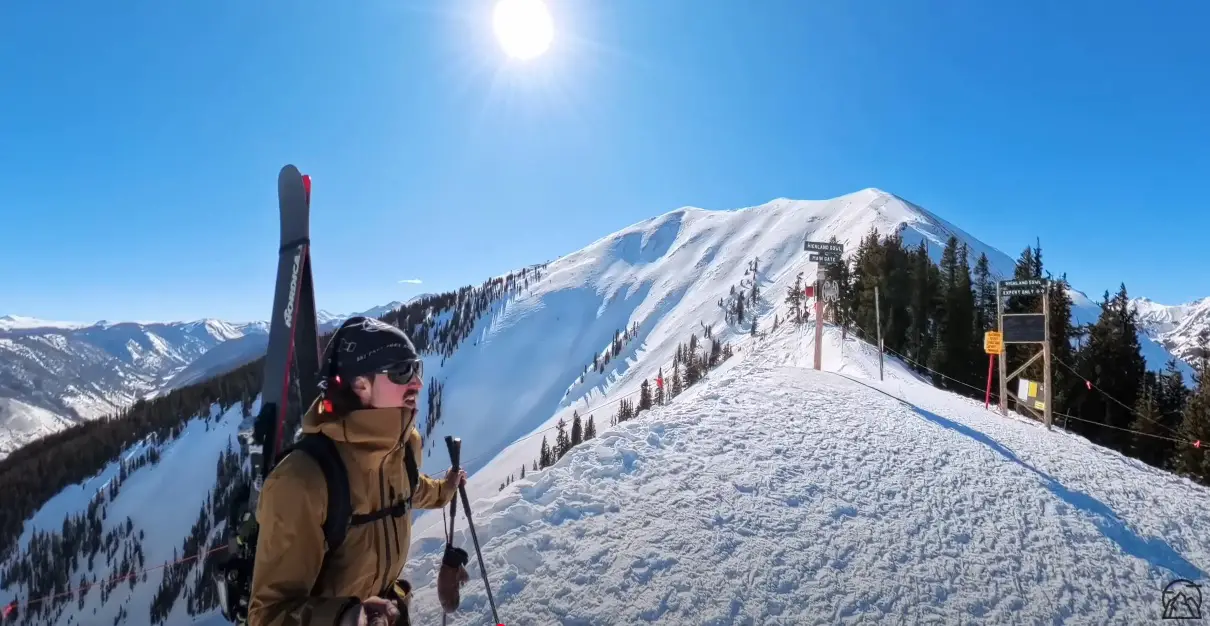
What Each Rating Really Means
Green Circle
The easiest runs on the mountain. Typically wide, groomed, and between flat and 15 degrees. Perfect for learning how to stop, link turns, and build confidence. At most resorts, green runs act as main arteries to connect you back to the base.
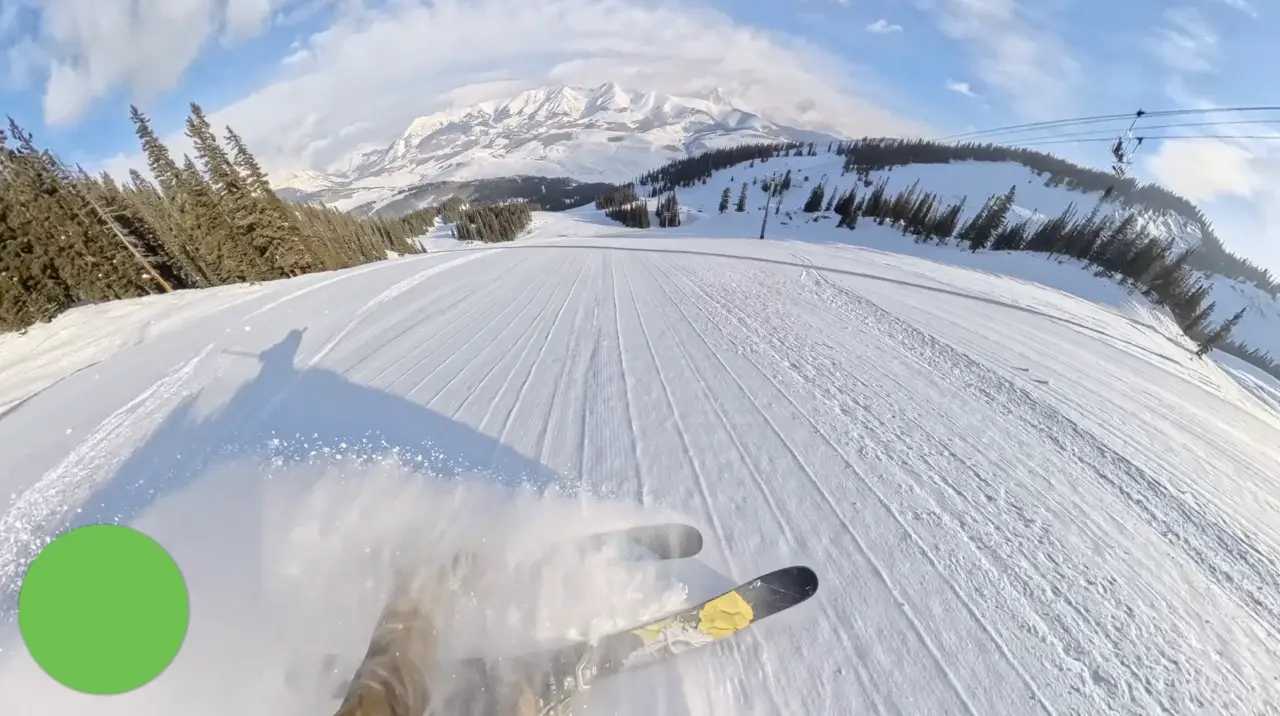
Blue Square
Intermediate terrain, usually groomed and between 15 and 23 degrees. Great for carving and skiing fast. Sometimes you’ll find smaller moguls on these. In Europe, groomed runs are called “pistes” and anything off-piste is considered backcountry. This is one reason North American skiing is so unique — we get avalanche-controlled natural terrain inside resort boundaries.
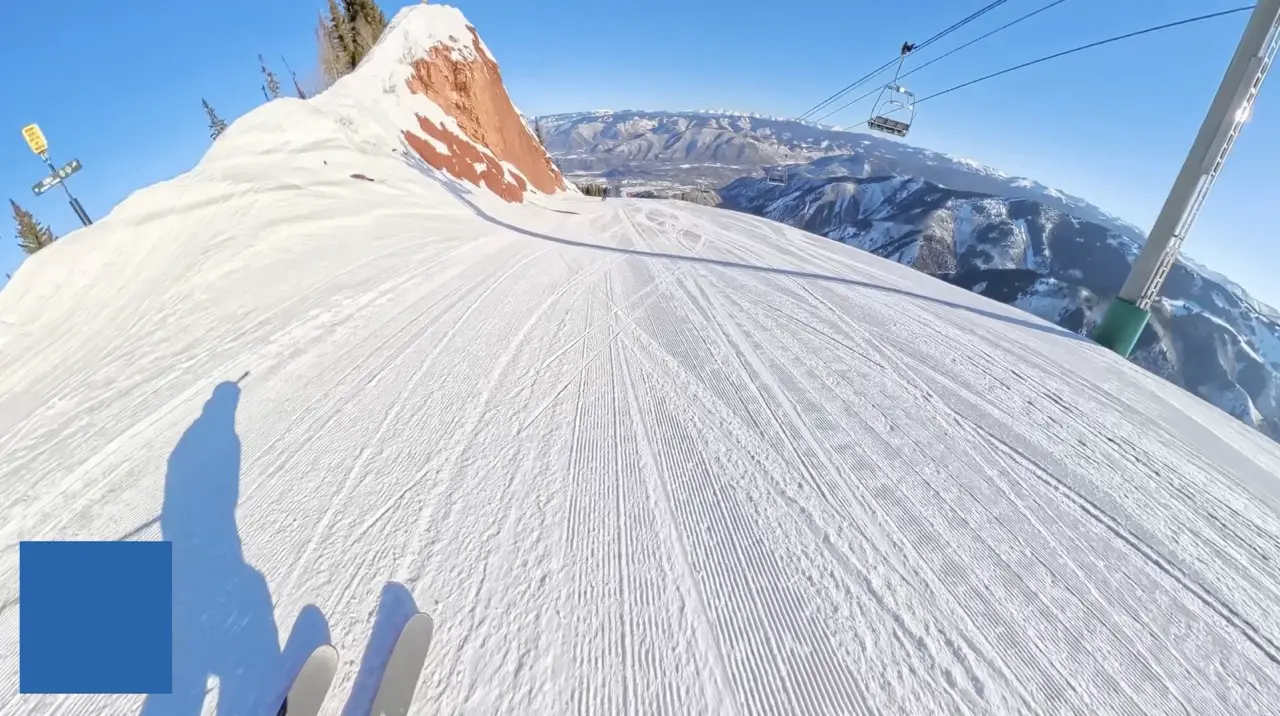
Black Diamond
Advanced runs, steeper than 23 degrees. These often include moguls, trees, and narrower pitches. Occasionally you’ll find groomed black runs, which can be insanely fun. But this is where ratings start to vary a lot between mountains. A black at Tremblant is nothing like a black at Whistler.
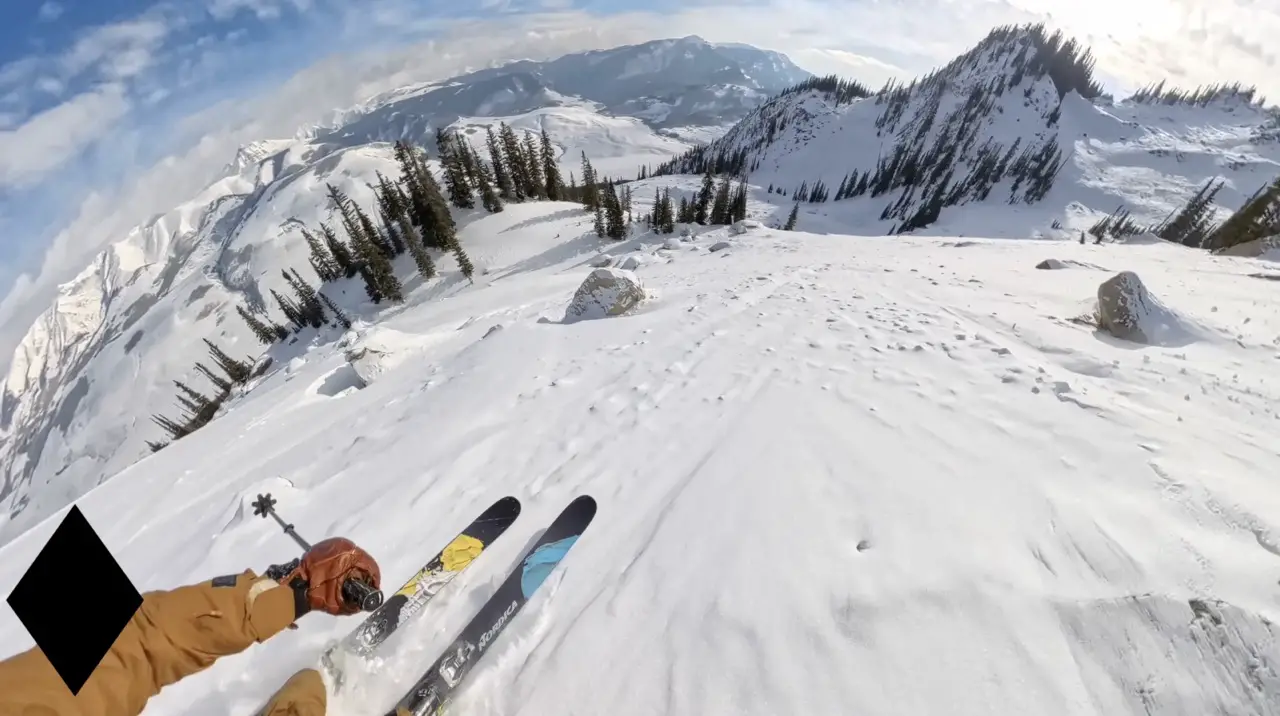
Double Black Diamond
Expert terrain. Very steep slopes with major hazards: cliffs, chutes, cornices, rocks, trees, and narrow gullies. These require experience and confidence.
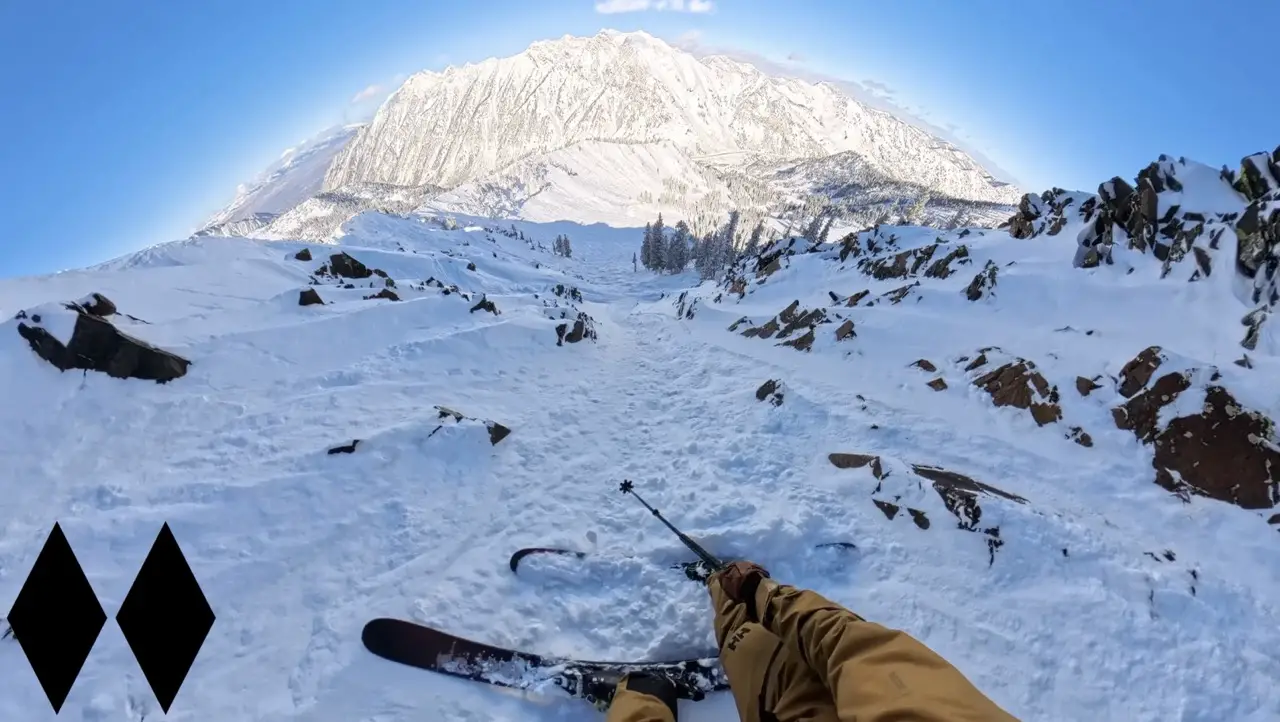
Triple Black or Extreme
Some resorts label runs as “extreme terrain.” Others, like Whistler, don’t mark them at all. These runs usually involve no-fall zones or features where mistakes could be fatal. They are only for the most skilled and prepared riders.
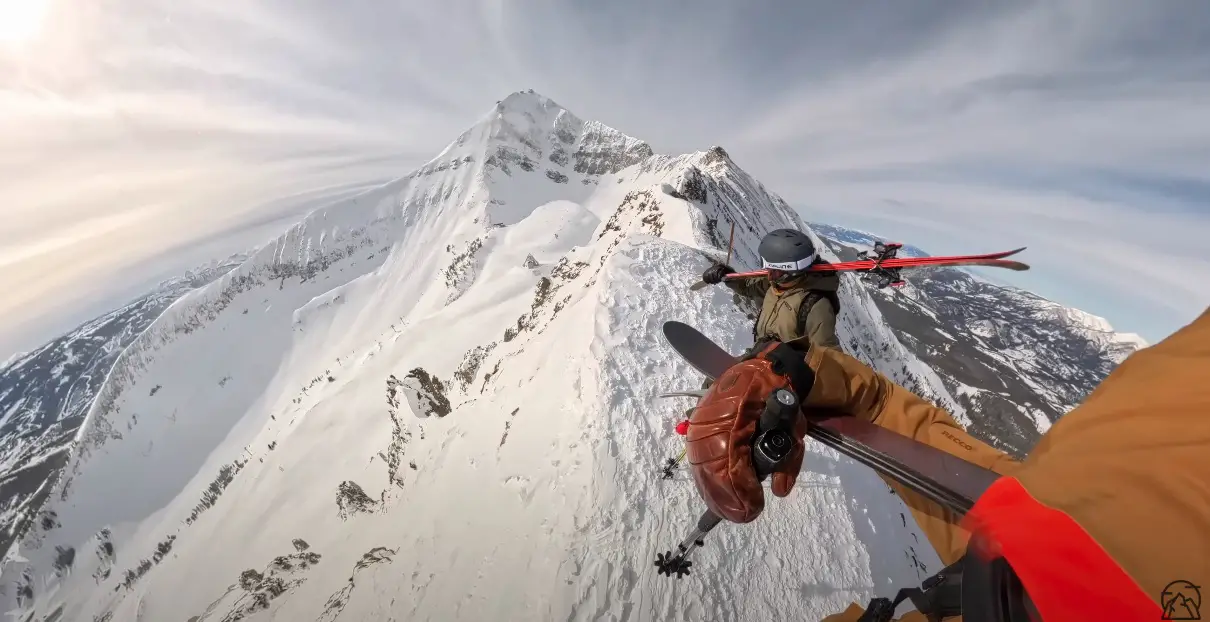
Why It Still Feels Confusing
Even with a standardized system, every mountain rates differently. Smaller resorts sometimes inflate their difficulty rankings to attract more advanced skiers. Massive resorts like Whistler or Jackson Hole may leave some of the craziest lines unmarked to avoid liability.
From my experience, West Coast resorts are generally steeper and more aggressive overall compared to Eastern mountains. A single black on Whistler might feel like extreme terrain in Colorado, while a double black at Kicking Horse feels closer to a triple anywhere else.
The rule of thumb: when you’re skiing a new resort, approach advanced and expert terrain cautiously. Just like park skiers do a “look before you leap” lap, you should scope gnarlier lines before sending them.
Trail ratings are confusing because there’s no governing body regulating them across North America. Resorts make their own calls.
If you ski in Europe, you’ll also encounter a different system. They stick to circles only: green for beginner, blue for easy, red for intermediate, black for expert, and orange for extremely difficult. Free ride and uncontrolled areas get different markers like red diamonds or yellow circles.
So, who rates the hardest? From my experience, Kicking Horse takes the crown for the gnarliest ratings. Out east, some resorts inflate their maps, but compared to each other the rankings usually make sense. They just don’t compare fairly to the big western mountains.
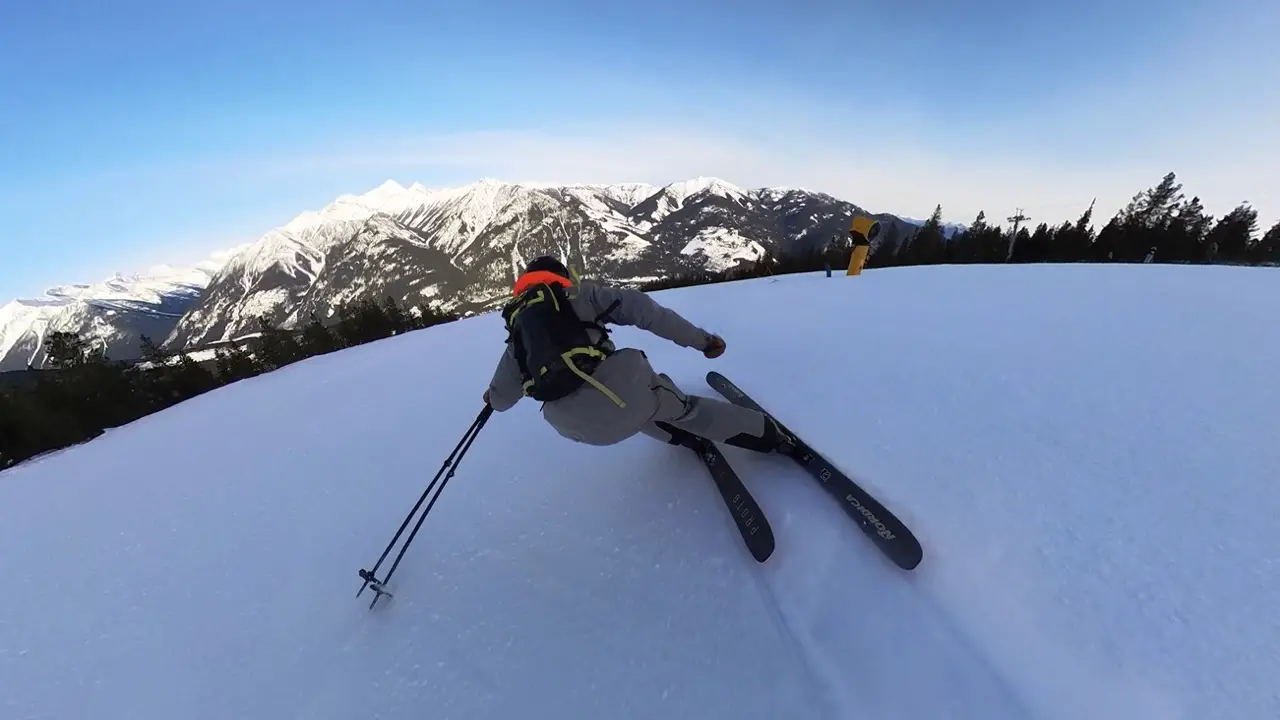
The Bottom Line
It’s all relative. Ski run ratings are subjective, inconsistent, and sometimes deliberately misleading. However, they are typically based of the hardest terrain at any given mountain and work backwards. But the best defence is a good offence. Keep improving, keep building confidence, and eventually you’ll be able to ski anything on any mountain.
If you would prefer to watch the video version of this blog post, you can find it HERE!

